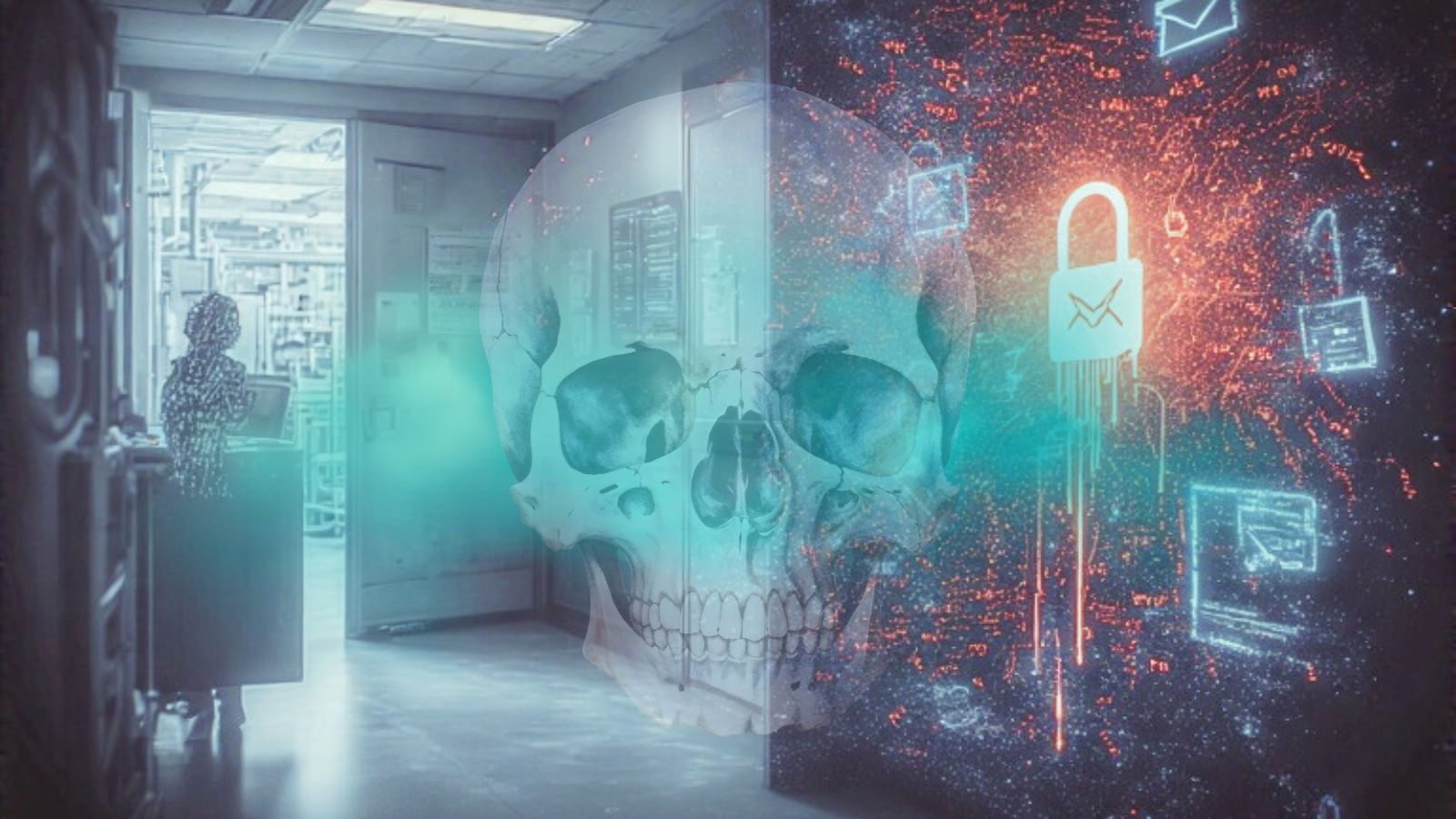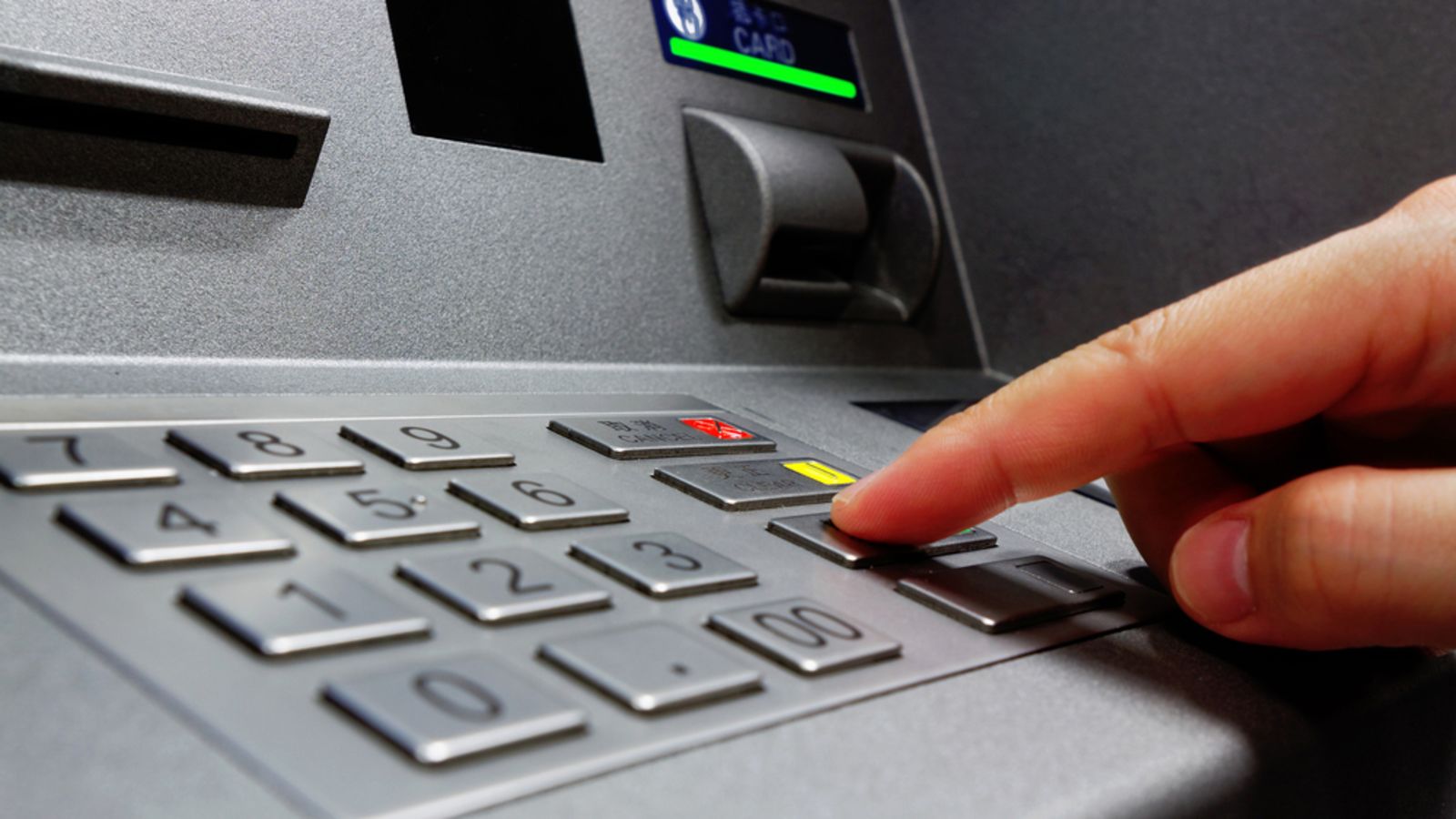
Louvre Heist Exposes Significant Security Flaws, Including an Obvious Surveillance Server Password
- Major heist: A sensational robbery at the Louvre resulted in the theft of nearly €90 million worth of crown jewels from the Apollo Gallery.
- Security failures: A 2014 report warned of critical museum security flaws, including a video surveillance server password set to "LOUVRE".
- Suspects in custody: Four individuals are in custody in connection with the heist, though they do not fit the profile of sophisticated master criminals.
A major Louvre heist has brought to light significant and long-standing security failures at the world-renowned museum, including weak passwords protecting the surveillance system. The theft, valued at nearly €90 million (roughly $104 million), involved the theft of crown jewels from the Apollo Gallery in broad daylight.
Ongoing Art Theft Investigation
Following the incident, Culture Minister Rachida Dati acknowledged "a chronic and structural underestimation of the risk of theft." This admission follows revelations from a decade-old cybersecurity report warning that "whoever controls the Louvre's network can facilitate the theft of artworks."
The museum's video surveillance server password was the easily guessable word "LOUVRE," according to 2014 documents obtained by Libération cited by Sardinian newspaper L’Unione Sarda.
Two weeks after the Paris robbery, in which the culprits reportedly used a freight elevator to gain access and escaped on a motorbike, there is still no sign of the stolen items.
The art theft investigation is active, with authorities having arrested several individuals. Four suspects currently remain in custody.
Among them is a couple from a northern Paris suburb whose DNA was found on the freight elevator. The 37-year-old man faces charges of organized crime, while his partner is charged with complicity. Two other suspects, arrested on October 25, have reportedly made partial admissions.
Profile of the Suspects
Despite the scale of the heist, prosecutors have indicated the individuals involved are not criminal masterminds. Paris prosecutor Laure Beccuau described the suspects as being little-known in the criminal world but now implicated in "extremely serious organized crime."
The 37-year-old man, for instance, has eleven prior convictions for theft and other offenses. This profile contrasts sharply with the sophistication one might expect from a crime of this magnitude, suggesting the thieves may have simply exploited the museum's glaring security weaknesses. Unprotected networks and databases are among the top cybersecurity risks.









